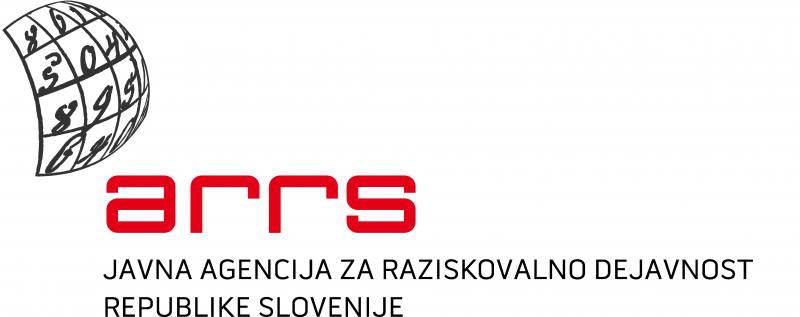
In particular in case of concrete sleepers, the main problem arises in the contact area between sleeper and ballast track bed as a consequece of its poor quality. By dynamic loading, especially in curves, the ballast stones tend to crush resulting in the formation void under the central part of the sleeper.The ballast stones at the contact surface between the concrete sleepers and track bed are eventually formed into dust due to large dynamic loads, vibration and friction. Then due to the air humidity, powder solidifies and forms a kind of hardened mortar, which instead of the desired resilient substrate presents an undesirable rigid support for the above concrete sleeper. As a result, a reduction in the elasticity of the track substructure cause additional adverse vibrations, followed by deformations of the track itself and various damage of the concrete sleepers. The load distribution consequentlly changes. Under such conditions, the anticipated life span of concrete sleeper is considerably reduced. The phenomenon is specific by usage of lower quality of ballast such as dolomite or limestone, that is due to economic reasons typical for the Slovenian rail network and is more prononunced by concrete than wooden sleepers. The same problems occur on rigid surfaces where track bed is located on bedrock. Usually in this areas the thickness of the ballast track bed is small, resulting in damage of concrete sleepers. It is necessary to take into account that the damage can also occur in the maintenance works, when track bed has to be consolidated using the tamping technique.
There are several solutions in order to prevent the above mentioned problems. One possibility is to install elastomeric materials between the rail and the concrete sleeper. For this purpose various types of intermediate underlay rubber plates with different thickness and hardness have been developed. The usage of concrete sleepers with lower layer with pronounced elastic properties-e.g. rubber especially in the areas of switches and curves is also known. Both options reduce or completely eliminate the phenomena of crushing of ballast stones, second option in addition also increases the resistance against tranverse movements. One of solutions is usage of twin-block concrete sleepers with connecting reinforcement in central part, but it does not provide enough transverse resistance in curved parts of the railway track.
More: http://fgserver6.fg.um.si/kgm/

